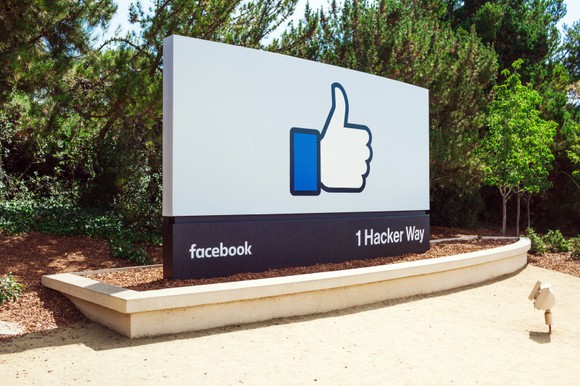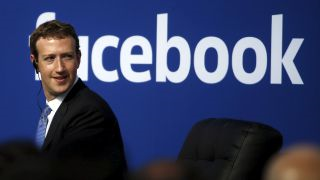By Lucia Moses
The Facebook anguish continues. A Medium post investigating declining Facebook reach has set off the most recent alarm bells among publishers. Kurt Gessler, deputy editor for digital news at the Chicago Tribune, posted that since January, the Tribune has seen a significant drop in the reach of its posts on Facebook, despite having grown its fan base.
The post sparked a sigh of validation across publishers as others chimed in on social media that they’re seeing similar declines.
Facebook’s news feed algorithm changes have been part of publishing reality for many years. But to Matt Karolian, director of audience engagement at The Boston Globe, “last month was probably the worst we’ve had in reach in about a year. The fact everyone else is seeing it is a little bit troubling.”
Aysha Khan said Facebook reach has also been sliding at the Religion News Service, where she’s social media editor.
“Reach spiked in the summer, and we started hitting 15, 25K reach on bigger posts that were polarizing,” Khan said. “It wasn’t just political posts, but any kind of interviews. Anything that had potential to get a big reaction got a big reaction. But then we noticed that kind of stopped, and by January, it was just gone. Now we’re worse off than we were to start with.”
The change has happened even as RNS has been doing more video, including live video, and photos, things that Facebook has encouraged. Khan said RNS is still trying, though, with plans for more regularly scheduled live video and videos generally.
Brandon Doyle, CEO and founder of Wallaroo Media, a social media consulting firm, said he’s seen declining organic reach in the first quarter across about 20 publishers he tracks. He speculated that Facebook is suppressing publishers’ organic reach so publishers will spend more with Facebook to promote their posts. Facebook also could be in the middle of another algorithm tweak that it’s yet to announce publicly, he said.
Other popular theories were that Facebook’s preference for video over text posts and for publishers that are using its Instant Articles format over regular links is disadvantaging some. Facebook hasn’t responded to a request for comment.
Others wondered if reach is declining for some because people are getting tired of reading about politics (“I know people who have literally unliked all the news sources they used to follow pretty religiously — maybe Facebook is responding to that,” Khan said) or Trump is raising the bar for news.
Lifestyle sites offered some evidence of these theories. LittleThings has been pushing hard into video, and March was its second-highest traffic month of all time, which reflects continued strong Facebook referral traffic, said Joe Speiser, co-founder of LittleThings. (LittleThings also attributes some of its success to A/B testing on Facebook, a step he says many don’t do.) “Facebook’s made very clear video is a priority,” he said. “You can go through the feed yourself. Video is everywhere.”
Thrillist chief creative officer Ben Robinson said he thinks that Thrillist’s recent emphasis on video has helped lead to an all-time high in Facebook referrals, along with the adoption of Instant Articles. While a lack of political coverage hurt the site during the run-up to the election, he said it may be seeing the flip side of that now.
In a follow-up email, Gessler said he’s working with Facebook to try to figure out what’s going on, but that he didn’t think the decline was related to politics news burnout or the Cubs’ World Series win and post-series lull. The shift seems too big to just chalk up to stories’ subject matter, he said.
“Maybe it’s a little of everything,” he concluded in his post.
Whatever the reasons, the post brought a fresh round of soul-searching and hand-wringing over the hold Facebook has over publishers’ audience. “There’s a large segment of the population that gets most of its news from Facebook,” Karolian said. “If there’s been an overall decline in high-quality news that’s circulating on the platform, that is generally concerning from a philosophical standpoint.”
If it’s true that Facebook’s preference for video is a factor, few publishers are equipped make the switch to video, nor is it clear that they should try to make a hard shift to a medium they’re inexperienced in and which most publishers can’t monetize on Facebook anyway. And just doing more video perpetuates publishers’ dependence on Facebook, which can change its algorithm again at any time, as it’s done many times in the past.
To some, the issue points to the need for publishers to diversify their audience sources through search, direct traffic and newsletters, while others registered resignation.
“In my mind, we’re kind of at the mercy of the algorithm,” Khan said. “But there’s a lot of stories that are getting underwhelming responses that readers can’t even see. It is this constant thing, trying to figure out how to incorporate it into your workflow. At one point they were pushing images, and then they were pushing video, and live video. I don’t think it’ll ever stop.”













